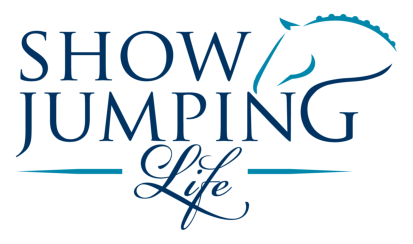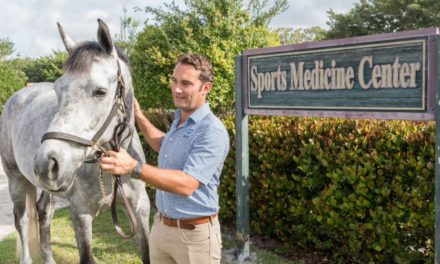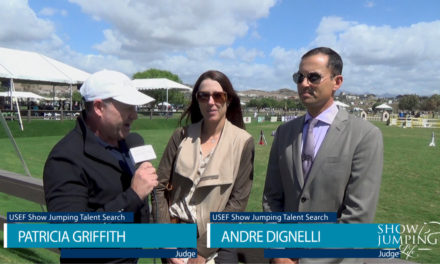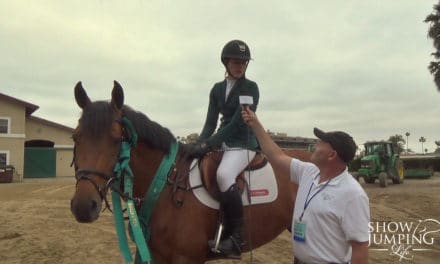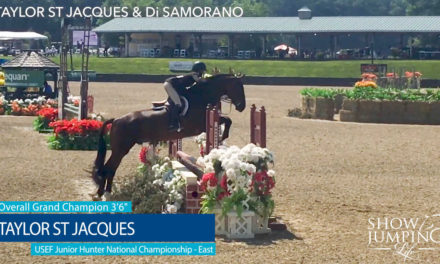Equestrian Training Scale: Relaxation – Video
In This Episode of Two-Minute Trainer Tips, US Dressage Federation (USDF) gold, silver and bronze medalist, Lena Nordlof-Davis, explains and demonstrates Relaxation as it relates to the Equestrian Training Scale (aka Training Pyramid).
The principles outlined in the training scale form the foundation to help you reach your full potential in show jumping. From the German Training Scale, it is called Losgelassenheit (various translations result in Relaxation or Suppleness).
What Is Relaxation?
Relaxation refers to the mental and physical state of the horse.
Typically a horse’s mental and physical states go hand-in-hand. However, you may see a horse become tense in his body if there is pain or the rider is trying to do something that is much too difficult for the horse.
That is a different scenario when compared to a horse who is not relaxed in his mind and appears spooky or scared while looking all around.
A horse’s muscles should appear relaxed and the work is suitable based on the horse’s level of ability.
Signs That A Horse Is Not Relaxed May Include:
- Hollowing his back
- Swishing his tail
- Generally looking displeased
Typically, you can find a spot on the horse’s body that communicates he is not comfortable, resulting in muscle tension.
You should always strive for harmony between horse and rider where the work being performed is on both the rider’s terms and the horse’s terms.
Learn more about Lena Nordlof-Davis on her website.
